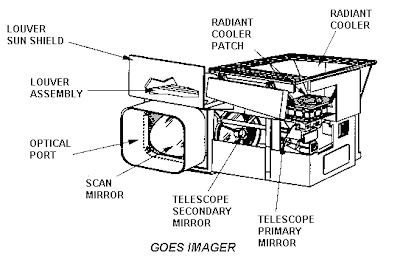Credit: Peter Rejcek, Antarctic Sun
One of the most frigid places on the planet appears to be an ideal location to help protect humans living and working in the cold of outer space against radiation bursts from the sun.
Scientists recently reported in the journal Space Weather and Space Climate that neutron detectors at the U.S. Antarctic Program's South Pole Station appear to offer a reasonably reliable early-warning system to detect damaging radiation associated with high-energy particles that sometimes accompany what's called coronal mass ejections (CMEs), a massive blast of low-energy plasma from the sun.
The high-energy protons and other subatomic particles ejected during such events blast through space near the speed of light. The particles that hit the Earth, called primary cosmic rays, are destroyed when they hit the atmosphere, producing a cascade of secondary subatomic particles.
Neutron detectors at the South Pole are particularly sensitive to the highest and rarest of the high-energy particles, which arrive before a slower but more intense "wave" of high-energy particles capable of delivering hazardous doses of radiation to humans in space.
The researchers used the measurements from a pair of ground-based detectors at the South Pole to predict the peak intensity at different particle energies.
"What we're predicting is a particle storm, which is a high-energy, high-intensity burst of particle radiation," explained Paul Evenson , a co-author on the study with the Bartol Research Institute at the University of Delaware .
"By using our comparatively simple technique -- measuring the energy spectrum of these particles -- we actually can make a prediction that's worth something for the lower-energy and more damaging particles."
The solar storm that produces such a blast of high-energy particles usually arrives about two days later, with the potential to disrupt satellites and the planet's energy grid.
Such an event crashed into Earth's magnetic field in mid-July, doing no damage but producing some of the most intense auroral displays seen in years, including at the South Pole.
These sorts of sun-generated storms are outside the scope of the South Pole early-warning system.
 |
| GOES GImager |
However, the instruments aboard the satellites aren't capable of detecting particles much higher in energy than those associated with the peak radiation dose, according to Evenson.
"The instruments on the spacecraft are just too small to detect the faster, high-energy particles. They are set up to detect the particles that are most damaging," he explained.
Read more at the Antartic Sun









No comments:
Post a Comment